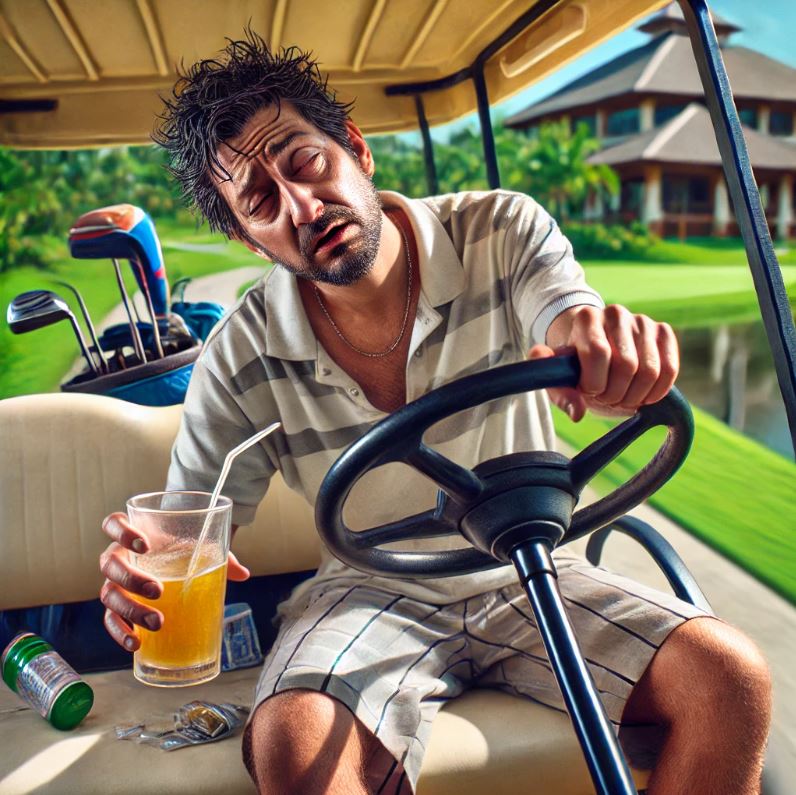Share this post
Dr. Jason Pirozzolo Explains Florida Man’s Golf Cart DUI and Alcohol’s Dangers
Driving a golf cart may seem harmless. For Arlen Frost, it became a legal and medical crisis. He was caught with a .339 BAC—over four times the legal limit. His case highlights the dangers of alcohol misuse. Dr. Jason Pirozzolo, an expert in orthopedic, sports, and urgent care medicine, explains the risks of extreme intoxication.
The Medical Reality of High BAC Levels
“A BAC over 0.30% is life-threatening,” warns Dr. Pirozzolo. “It can cause respiratory depression, unconsciousness, or death.” Even a BAC of 0.10-0.12% impairs coordination and judgment. This increases the risk of accidents. Frost’s case shows how alcohol can turn any vehicle into a danger.
Legal and Long-Term Consequences
In Florida, golf carts count as vehicles under DUI laws. A charge carries the same legal penalties as driving a car while intoxicated. Beyond the law, alcohol abuse damages the liver, heart, and brain. Binge drinking can overwhelm the liver. This leads to rapid BAC spikes, increasing health risks.
Cognitive Decline and Public Safety
Alcohol slows reaction time. It also reduces decision-making ability. “People think extreme intoxication is rare,” says Dr. Pirozzolo. “But binge drinking makes it more common than they realize.” The CDC reports 95,000 alcohol-related deaths every year. The effects extend beyond just the person drinking.
Staying Safe
To avoid DUIs and accidents, plan ahead. Always designate a sober driver. Use rideshare services. Arrange for a friend or family member to pick you up. “Drinking in moderation—one drink per day for women, two for men—is generally safe,” says Dr. Pirozzolo. “But excess drinking endangers everyone.”
Final Thoughts
This bizarre Florida golf cart DUI might sound funny. But it’s a serious public health issue. Dr. Pirozzolo urges awareness. “We must shift the narrative from amusement to education,” he says. “The dangers of alcohol misuse are real.”
For more health insights from Dr. Jason Pirozzolo, stay tuned for future articles, where he will continue to tackle pressing medical topics in an accessible and informative way.




















